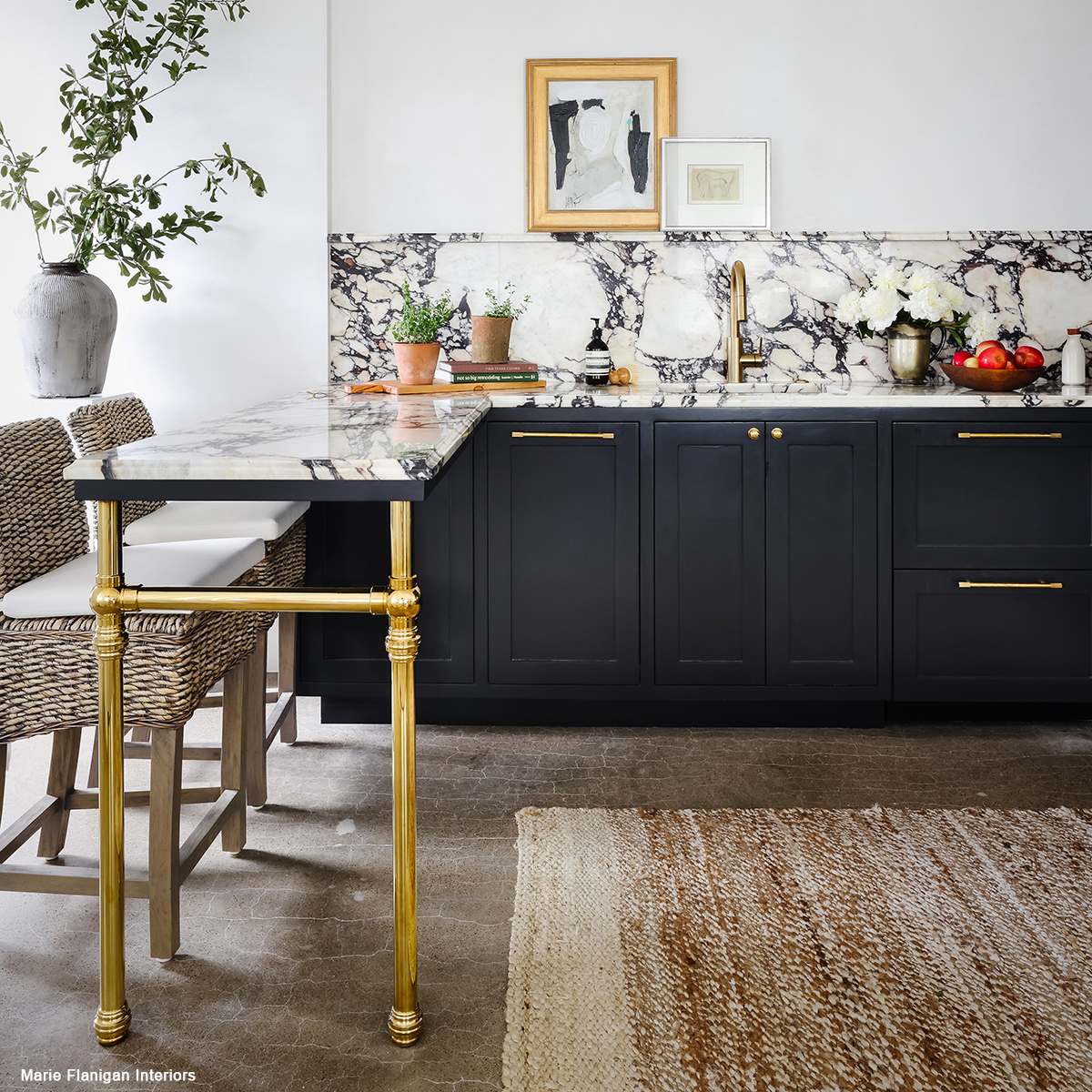Crucial Variables to Think About When Choosing Legs For Kitchen Island
Choosing the appropriate legs for a kitchen area island involves a cautious analysis of several variables that can considerably affect both functionality and visual appeal. As we check out these components, it becomes clear that each choice can have far-ranging implications for the general kitchen experience.
Material Options
When choosing legs for a cooking area island, comprehending the different product options is necessary for attaining both aesthetic charm and architectural honesty (Legs For Kitchen Island). The choice of material dramatically affects not only the toughness of the island yet also its general style and capability
Metal legs, typically made from stainless steel or wrought iron, contribute a industrial and modern feeling while making certain durability and security. These products are immune to use and can support substantial weight, making them perfect for larger islands.
Another alternative is crafted products, like MDF or plywood, which can be a lot more affordable while still providing a series of finishes. Nonetheless, they might not offer the same level of security as solid wood or steel. Finally, materials such as acrylic or glass can develop a modern look, though they might need extra assistance to make sure security.
Ultimately, the option of material for cooking area island legs must align with the wanted performance and the overall motif of the kitchen.
Design And Style

When considering style, the form and coating of the legs are critical. Tapered legs can provide a sense of lightness and elegance, while thicker, more robust legs can share toughness and security. In addition, the coating-- be it repainted, discolored, or natural-- ought to complement the cabinetry and countertop products to develop a unified appearance.
Additionally, the style of the legs can likewise reflect individual preference. Custom-made or ornamental legs, such as those featuring intricate makings or one-of-a-kind geometric shapes, can function as focal points, including personality and personality to the kitchen. Inevitably, the ideal option will not just improve functionality but additionally raise the aesthetic allure, making the kitchen area island a standout feature of the home.
Elevation Considerations
Selecting the appropriate height for kitchen area island legs is crucial, as it directly affects both functionality and convenience. The standard elevation for a kitchen island commonly ranges from 36 to 42 great site inches, lining up with usual countertop heights.

It is additionally necessary to represent customers' elevations and preferences. Personalizing the height can make certain a comfortable experience for all member of the family, making the kitchen island an extra pleasurable and useful room.
Weight Support
Making certain appropriate weight support for kitchen area island legs is vital for both safety and security and functionality. The cooking area island typically offers multiple objectives, including cooking, dining, and extra storage space, necessitating a durable support structure. When picking legs, it is essential to take into consideration the overall weight capability required based on the island's planned usage and the anonymous materials that will certainly be put on it.
The choice of product for the legs plays a significant role in their weight-bearing abilities. Strong wood, metal, and sturdy compounds typically supply superior strength contrasted to lighter products. In addition, the design of the legs-- whether they are directly, tapered, or have a pedestal kind-- can affect their ability to distribute weight successfully throughout the structure.
Always seek advice from the maker's specs relating to lots limitations to make sure that the legs can sustain the designated weight without compromising safety. In recap, picking cooking area island legs with appropriate weight support is vital for creating a safe and useful culinary space.
Installment and Upkeep
Proper installment and maintenance of cooking area island legs are vital for ensuring durability and security. This typically involves protecting the legs to the island base using proper bolts, guaranteeing that the legs are degree and aligned.
As soon as installed, routine upkeep is required to maintain the integrity and appearance of the legs - Legs For Kitchen Island. For wood legs, periodic cleaning with a wet cloth and application of appropriate timber polish can avoid dampness damage and preserve their coating. Steel legs may need a mild cleaning service to eliminate oil and grime, complied with by a completely dry towel to avoid rust development
In addition, inspect the legs frequently for indications of wear or damages, such as fractures or loosened joints. Tightening up screws or screws as required can likewise lengthen the life-span of the legs. By sticking to these installment and upkeep techniques, home owners can make certain that their kitchen area island stays strong and aesthetically appealing for many years to find.
Final Thought

Aesthetic comprehensibility is extremely important in selecting the style and style of legs for a kitchen area island, as these components substantially influence the overall ambiance of the space. Tapered legs can supply a feeling of agility and style, while thicker, extra durable legs can convey strength and stability.Choosing the appropriate height for kitchen island legs is important, as it directly affects both performance and comfort. In summary, selecting kitchen island legs with sufficient weight support is important for creating a risk-free and functional cooking room.
In verdict, picking legs for a kitchen area island requires cautious consideration of various factors, consisting of product choices, style, elevation, weight assistance, and setup.